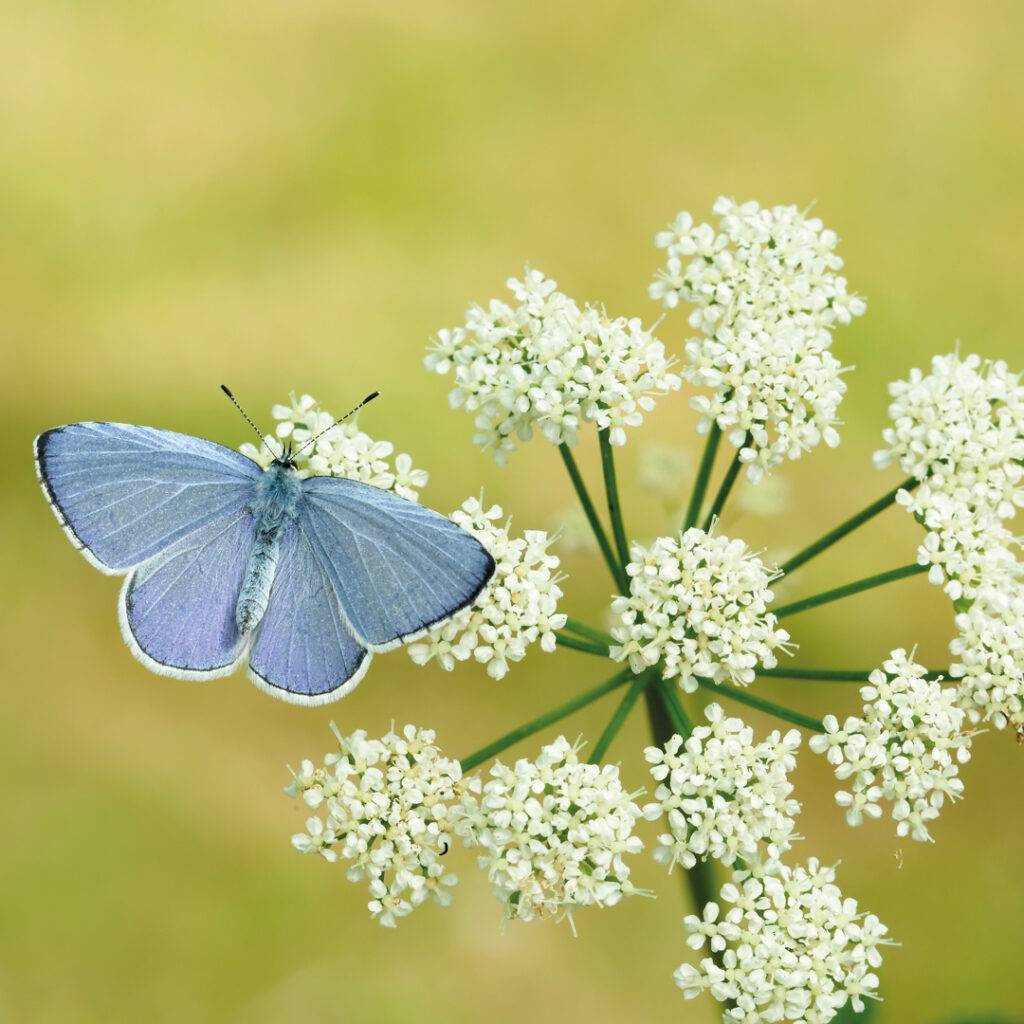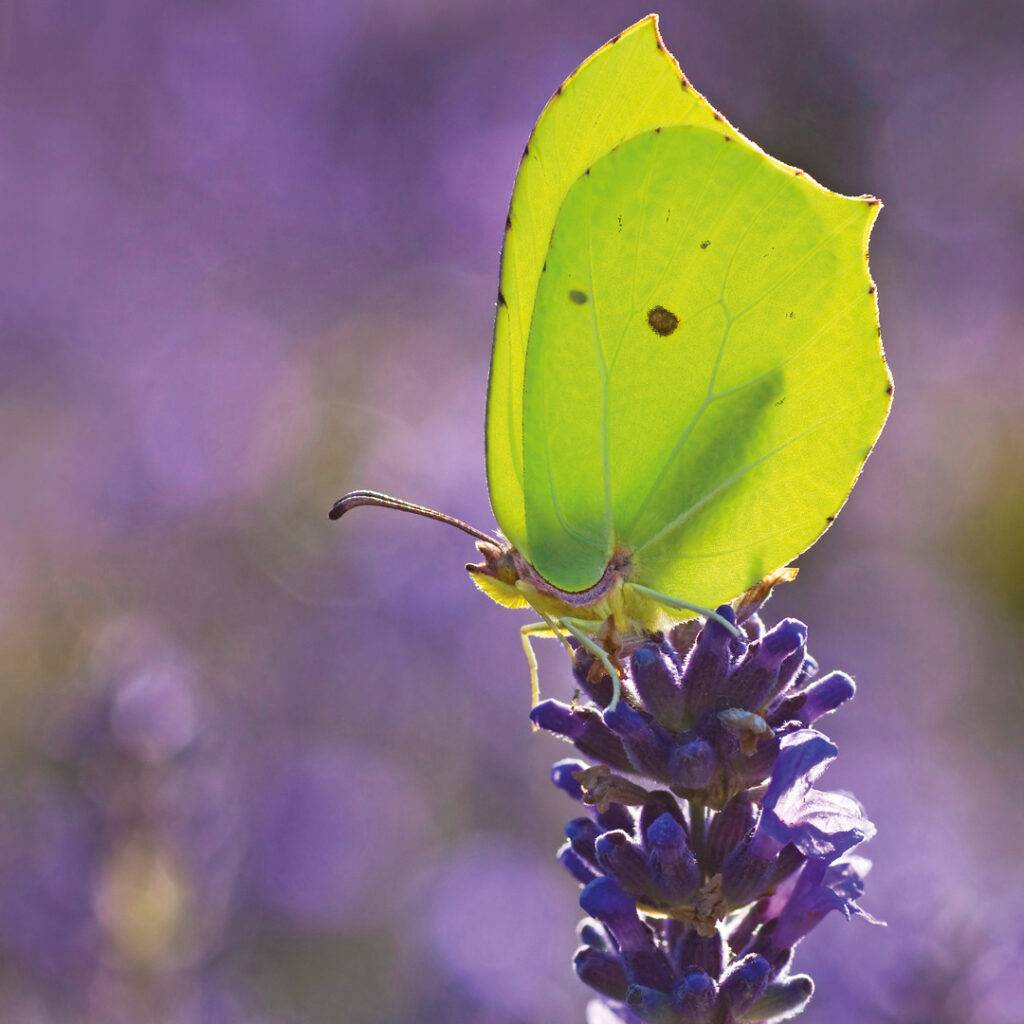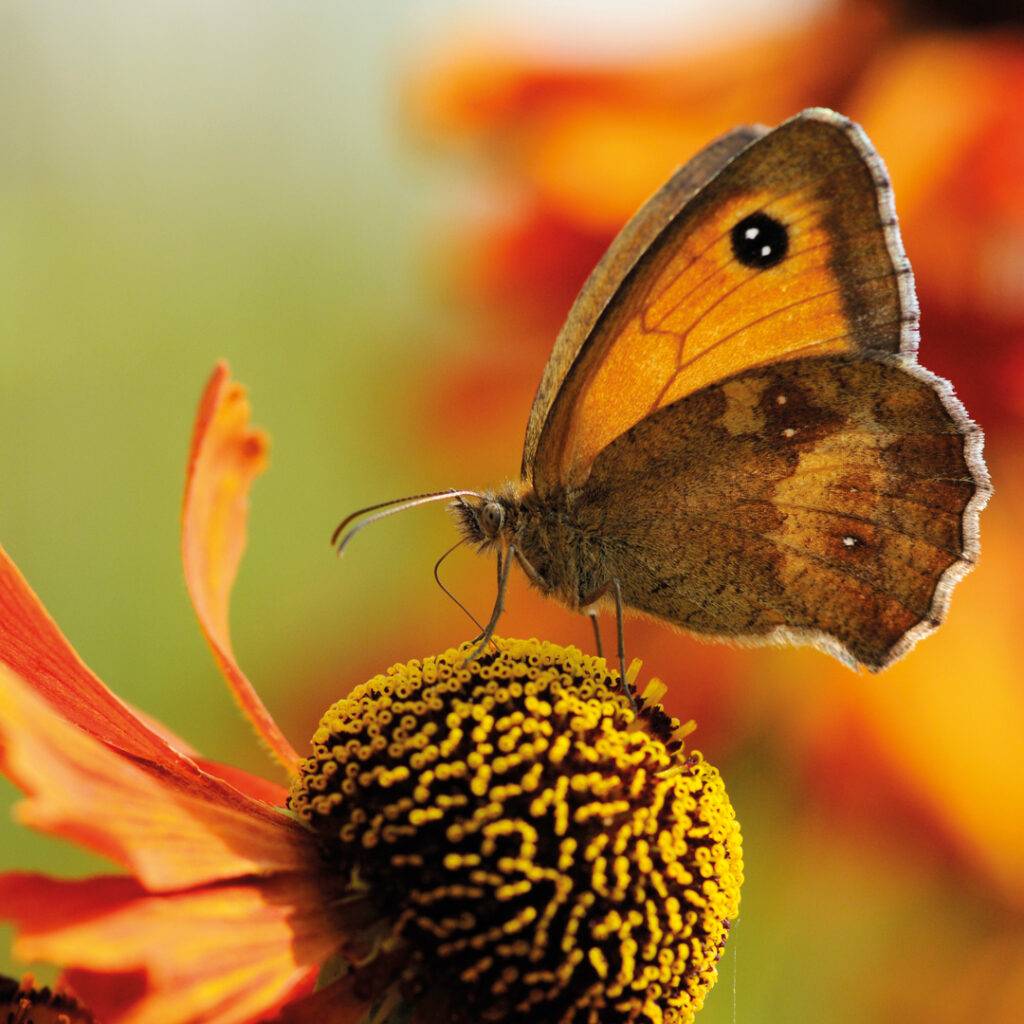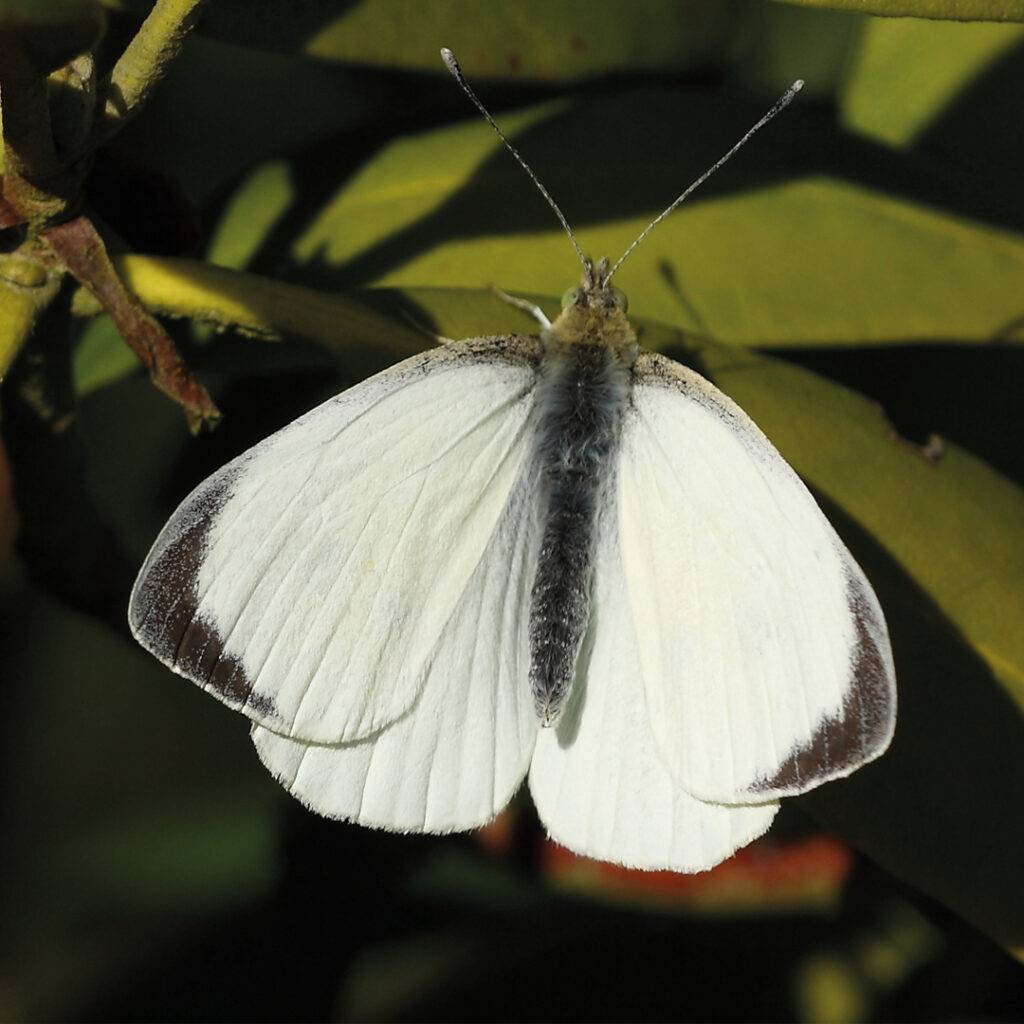You can help protect the future of local species under threat thanks to Butterfly Conservation’s Big Butterfly Count, 14th July to 6th August
Butterfly spotting can be one of summer’s most wonderful experience. As the sun appears, and flowers bloom, more and more sightings of our fluttery favourites can be seen.
You may be able to identify some common butterflies quickly. The Brimstone, for example, is a yellow-green butterfly that’s one of the first species to be spotted in spring. The Comma is another favourite for many, and has distinctively scalloped wing edges and its underwings resemble dead leaves as a form of camouflage.
A number of stunning day-flying moths bring the same buzz. The Six-spot Burnet has striking red spots on each forewing. Butterfly Conservation has a handy online identification tool. You may also like to familiarise yourself with different species’ habitats. Red Admirals enjoy almost any habitat from hedgerows to the top of mountains. Others, such as the Speckled Wood inhabit woodland.



Holtspur Bottom Butterfly Reserve, HP9 1DH, covers an area of about 4.5 hectares (11 acres), and is managed thanks to the hard work of local Butterfly Conservation volunteers.
And, Yoesden HP14 4AR, is home to an impressive array of butterflies, considered by many one of the jewels of the Chilterns AONB, with some 28 species recorded, including three scarce blue species: Adonis, chalkhill and small blue butterflies, all of which rely on the flower-rich grassland that makes up half the reserve, owned & managed by Berks, Bucks & Oxon Wildlife Trust. Park at Bledlow Ridge; more info at Yoesden | Berks Bucks & Oxon Wildlife Trust (bbowt.org.uk)



The Big Butterfly Count is the largest citizen science survey of its kind. By recording your sightings, you’ll provide valuable data on the populations and distributions of common species. Last year revealed species such as the Common Blue and Holly Blue had a good summer, with an increase in sightings of 154% and 120% from 2021 respectively.
It takes just 15 minutes and whether you’re in a park, garden or looking out of your window, taking part helps us understand UK butterflies’ plight. Some 80% of butterflies have declined since the 1970s and two thirds of common moth species have declined in the last 40 years.
Visit Big Butterfly Count (butterfly-conservation.org) to take part & Big Butterfly Count (butterfly-conservation.org) to find out more.







